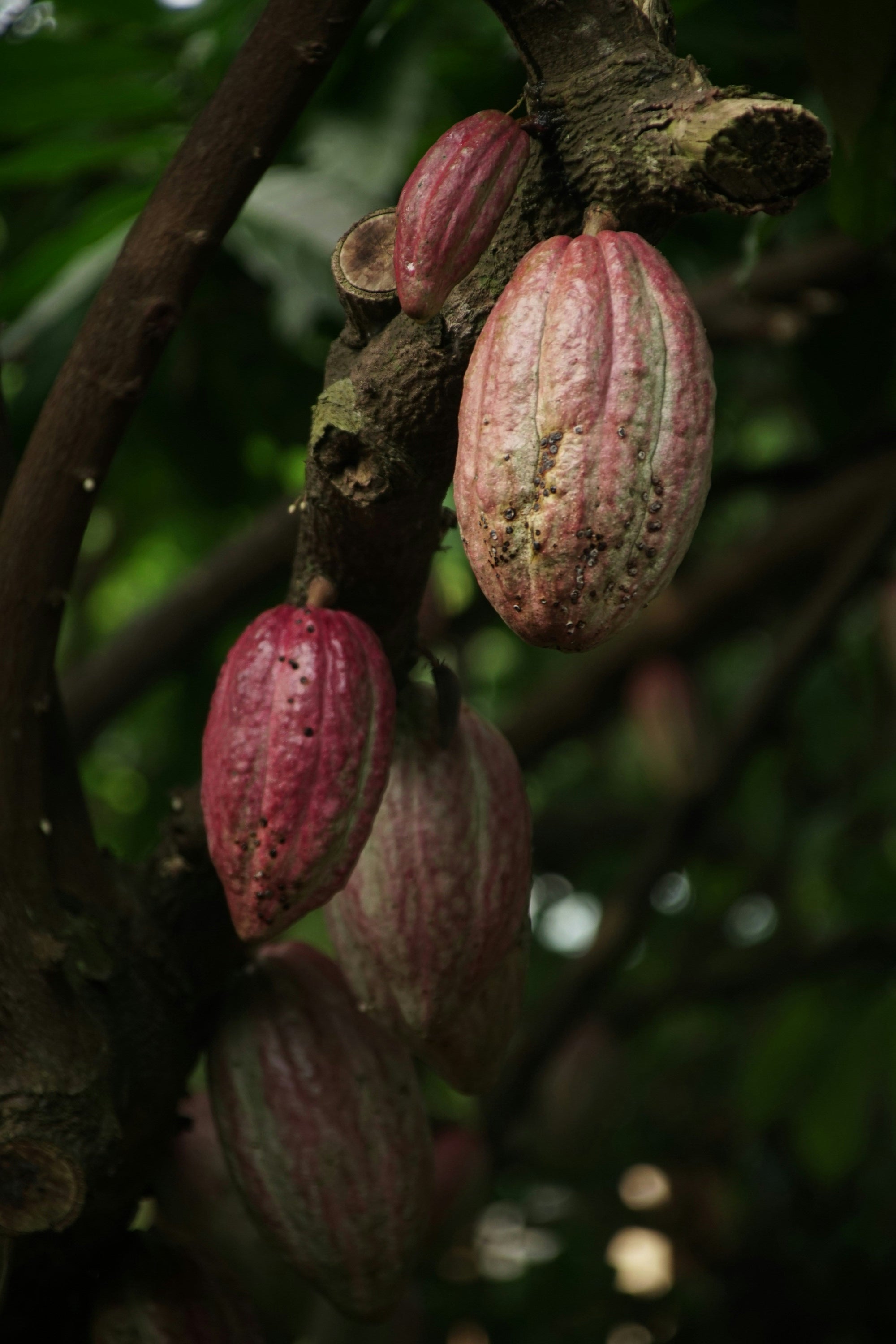Chocolate is more than just a treat; it’s a cultural and historical delight enjoyed by people all over the world. Whether it’s a rich, dark bar or a creamy milk chocolate truffle, this beloved confection has a fascinating story. In this blog post, we’ll take a deep dive into the history of chocolate, the process of making it, and some surprising health benefits that come with indulging in this sweet indulgence.
The History of Chocolate: From Ancient Civilizations to Modern Delights
Chocolate has a rich and fascinating history that spans thousands of years. It all began with the ancient civilizations of Mesoamerica, particularly the Mayans and Aztecs, who were the first to cultivate cacao trees. The beans of the cacao tree were considered sacred and were even used as currency. The Mayans brewed a bitter chocolate drink, while the Aztecs flavored their cocoa with spices and chili.
It wasn’t until the 16th century that chocolate made its way to Europe. Spanish explorers introduced cocoa beans to Spain, where it was sweetened with sugar and transformed into the chocolate we know today. Over time, chocolate spread across Europe and became a luxury item, enjoyed by royalty and the elite.
The Chocolate-Making Process: From Bean to Bar
The journey from cacao bean to chocolate bar is a meticulous process that involves several stages. Here’s a quick overview of the chocolate-making process:
-
Harvesting: Cacao beans are harvested from cacao pods, which grow on cacao trees. Each pod contains 20-50 beans, which are extracted and placed in a fermentation process.
-
Fermentation: The beans are left to ferment for several days, allowing the natural sugars to develop and the beans to develop their flavor profile.
-
Drying and Roasting: After fermentation, the beans are dried in the sun before being roasted. Roasting brings out the rich, deep flavors of the cacao and is an essential step in chocolate production.
-
Grinding and Conching: The roasted beans are then ground into a paste known as cocoa liquor. The liquor is refined further through a process called conching, where it’s mixed and aerated to create a smooth texture.
-
Tempering and Molding: Once the chocolate reaches the desired consistency, it’s tempered (heated and cooled to stabilize the cocoa butter) and poured into molds to create chocolate bars or other confections.
-
Cooling and Packaging: After the chocolate has cooled and set, it’s packaged and ready for you to enjoy!
The Health Benefits of Chocolate: A Sweet Surprise
While chocolate is often seen as a guilty pleasure, it can actually offer some surprising health benefits when consumed in moderation, especially dark chocolate. Here are a few reasons to feel good about indulging in your favorite chocolate treat:
-
Rich in Antioxidants: Dark chocolate is packed with antioxidants, which help protect your cells from damage caused by free radicals. These antioxidants can help reduce inflammation and improve heart health.
-
Improves Brain Function: The flavonoids found in dark chocolate have been shown to improve brain function, including memory, focus, and mood. A little chocolate may give you the mental boost you need to power through your day.
-
Heart Health: Studies suggest that the flavonoids in chocolate can help lower blood pressure, improve blood flow to the heart, and reduce the risk of heart disease. Dark chocolate, in particular, is known for its heart-healthy properties.
-
Mood Enhancement: Chocolate contains compounds that stimulate the production of endorphins, the “feel-good” hormones in the brain. It can also boost serotonin levels, which may help improve mood and reduce stress.
-
Rich in Essential Minerals: Chocolate is a good source of essential minerals like iron, magnesium, copper, and manganese. These minerals are important for overall health, including maintaining healthy bones, muscles, and immune function.
The Future of Chocolate: Sustainable and Ethical Practices
As chocolate lovers, we also have a responsibility to ensure that the chocolate we consume is produced sustainably and ethically. The cacao industry faces challenges such as deforestation, child labor, and unfair wages for farmers. Many chocolate companies, including smaller artisanal brands, are working to address these issues by sourcing cacao from fair trade-certified farms and supporting sustainable farming practices.
By choosing chocolate made with ethical sourcing and sustainable practices, we can enjoy our favorite treat while contributing to positive change in the industry.
Conclusion
Chocolate is a delicious and complex treat with a fascinating history and a range of health benefits. Whether you’re savoring a piece of dark chocolate for its rich flavor or indulging in a creamy milk chocolate truffle, you’re part of a long tradition of chocolate lovers around the world. So the next time you take a bite, remember the journey from bean to bar, and feel good about the sweet indulgence you’re enjoying.


